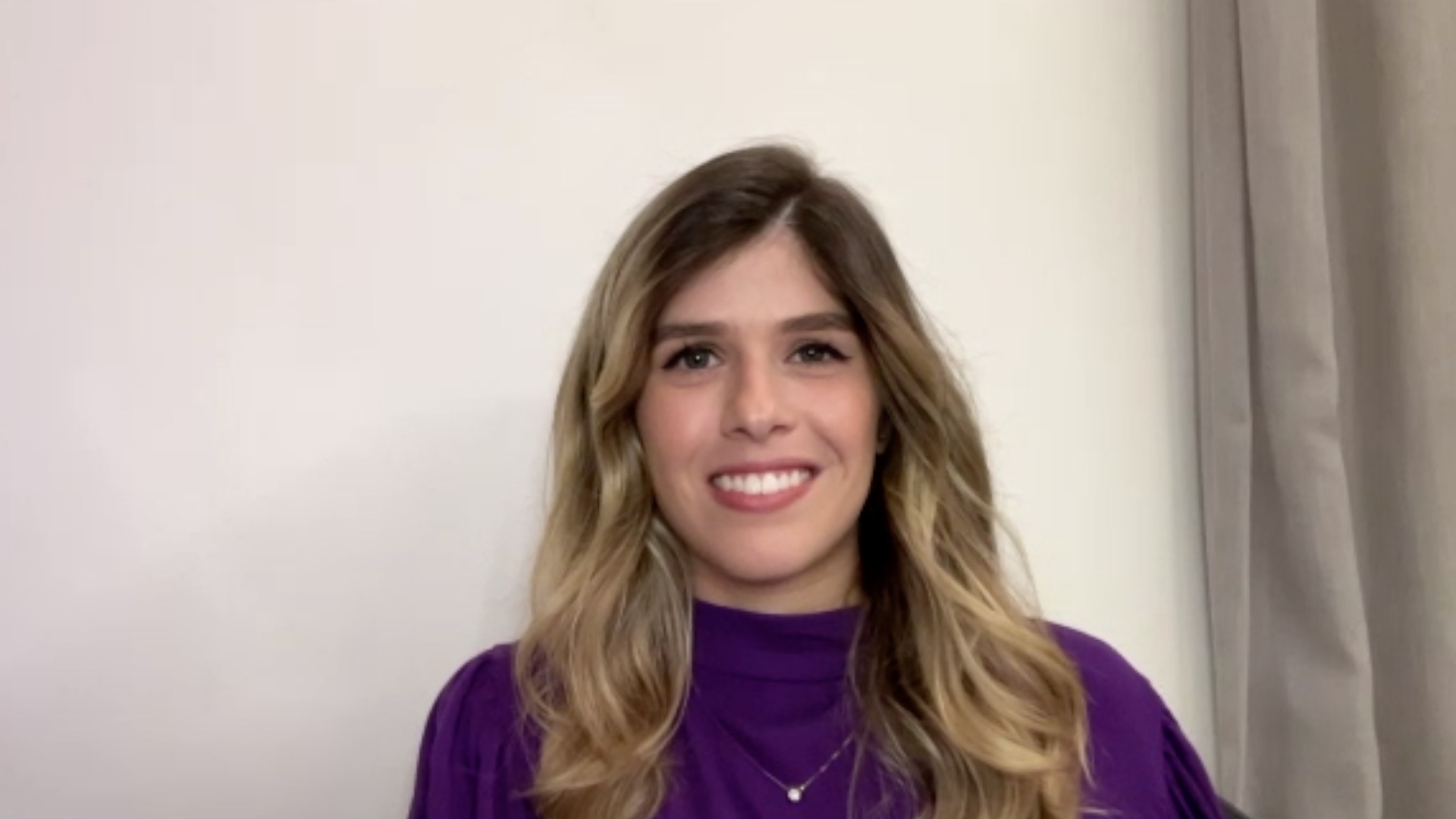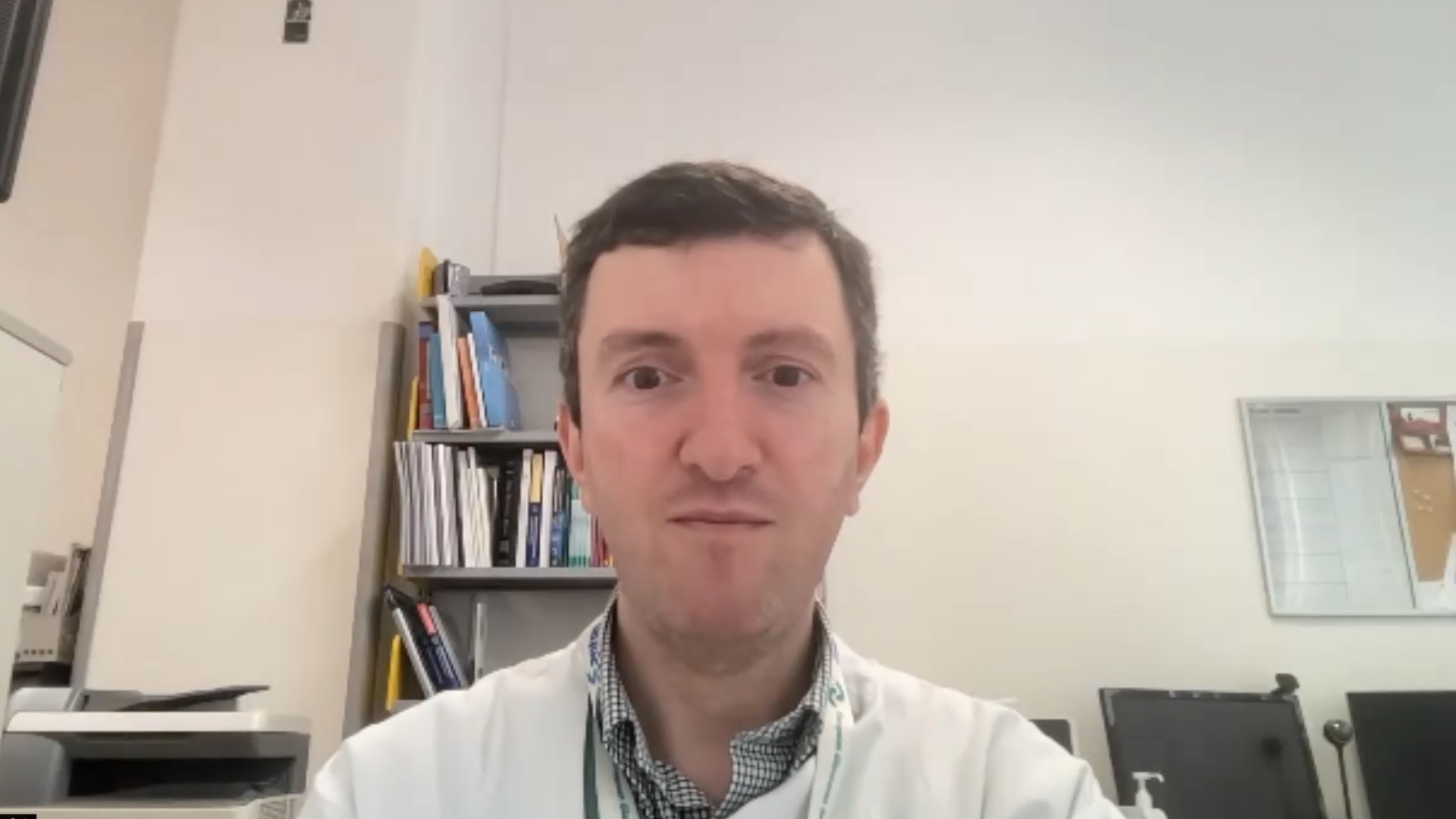Luis Abegão Pinto: World Glaucoma Week 2023
World Glaucoma Week kicks off on 12 March, 2023, with the aim of raising awareness of the impact of this devastating disease. The key to preventing needless vision impairment is prompt diagnosis and treatment. However, many are unaware they have the disease or do not have access to much-needed care. This is particularly true in developing countries. Glaucoma is a growing public health concern.
Our Editorial Board Member, Luis Abegão Pinto (Lisbon University, Lisbon, Portugal) gave us his insight into why there is a need to raise awareness about this disease, the challenges of diagnosing and managing it, and how we can prevent disease progression in patients who are unaware they have it due to its asymptomatic nature in its early stages.
Questions:
- Why is there a currently a need for World Glaucoma Week? (0:24)
- What are the challenges of diagnosing and managing glaucoma? (1:44)
- Approximately 50% of people with glaucoma are unaware that they have the disease. What can be done to prevent this? (4:22)
Disclosures: Luis Abegão Pinto has nothing to disclose in relation to this video interview.
Support: Interview and filming supported by Touch Medical Media Ltd. Interview conducted by Lisa Glass.
https://www.worldglaucomaweek.org/
My name is Luis Abegão Pinto, I’m the head of the Glaucoma Clinic at Lisbon’s University Hospital, Hospital Santa Maria, and I’m involved in the European Glaucoma Society currently as the EGS Secretary.
Why is there a currently a need for World Glaucoma Week? (0:24)
Although this is one of the most prevalent neurodegenerative diseases, it doesn’t get a lot of awareness in terms of public because of the vast majority is a symptomatic and people are only aware where they go into the system and they see an ophthalmologist. So it’s very likely that people, the vast majority of them have the disease. But because it’s silent in the vast majority of cases until late cases, there is a need for the society to be aware of this because of the asymptomatic nature. You need to come to the ophthalmologist in order to be able to have the diagnosis. So if you don’t go to the ophthalmologist, then you will not notice until it’s too late. So it is the need for, of course, people who have seen it in their families probably will come forward. But all the others who can’t identify the risk factors or they’re not even aware of the disease, they won’t come forward. So this is a way to increase both people’s awareness, but also to try to, as a society level, to get funding, get grant application, get that the whole health structure, so to speak, is aware that this disease exists and that we should channel our energies towards improving glaucoma care.
What are the challenges of diagnosing and managing glaucoma? (1:44)
Well, there are actually two main challenges. Diagnosing is a challenge because it needs a trained ophthalmologist and most of our current technologies will just be based on normality versus abnormality and not all abnormality. Statistically, abnormality is disease or is this disease. So there is a level of technical challenge from the ophthalmologist itself in terms of diagnosing and the problem then how to screen, because this is linked to different questions of how do we get to the people who don’t know they have. We need to make sure our tools are good enough to get the disease and put the red flag on the patient that may suffer from it. So to make sure that person is flagged and gets. So that’s a challenge in terms of technological tools and even why not artificial intelligence that can help us on that, managing glaucoma in terms of once, you know, you have the disease and you’re being treated well, we’re still not able to reverse the damage. And that will be what the patients in us will want most is that you come forward with your left eye, for instance, with some very big stoma, and we should be able to revert that damage. We’re still not there yet. And that’s one of the main I mean, expectations from the patients where they want to reverse their disease. And unfortunately, we still can’t. So our management is still trying to just stop disease progression. Of course, our treatments do not reverse damage. So it people don’t like drops or surgeries that will not make you see better sort of speak. So it’s not charming in that sense. But I think people, once they have the disease, they become aware of this. But it would be very good, too, if we’d have patient friendly procedures or patient friendly drops or treatment. But it would be the main challenge would be the Holy grail, sort of the speak of local management would be eventually to reverse. I think it will exist in the future, but we’re still not there. So in the meantime, we do need to raise awareness and to make sure that people keep doing their jobs and getting to their ophthalmologists and receiving the treatment to make sure that until a decent cure sort of speak is invented, we need to make sure we don’t get progression and people don’t get worse in their visual fields.
Approximately 50% of people with glaucoma are unaware that they have the disease. What can be done to prevent this? (4:22)
This is very interesting because it also brings down to what makes people go to the ophthalmologist. I mean, if two diseases are symptomatic, you will only get diagnosed if you go to your ophthalmologist. So if you feel that in your 40s or fifties, you feel that everything is glasses and you don’t feel the need to search for medical care, then it’s very likely that you will present if you have the disease on the very late stage. So what we would need is exactly awareness. We would need to make sure that these vulnerable people in their early stage of life or in the 40s or fifties, get screened in the sense of if you have a risk factor, you should go to an ophthalmologist. Because even though it’s very unlikely that you have the disease when you’re 40 or 50, if you do, that will be a sight saving strategy. So it’s still based we don’t know exactly the social or demographic profile of the people who don’t want to get screened. We have people who don’t want to get screened, but I think it’s mostly because this is so far away from them that they feel it doesn’t happen. They don’t have any pain. They think they see well. So, yes, the awareness of this being a silent disease and you need someone else to tell you that you have and that you should see a doctor, not when you’re 70. Because if you’re unlikely to have the disease, then it’s too late. You should see the doctor while there’s still time to prevent irreversible damage, while it’s still well, it’s still feasible, so to speak.
Subtitles and transcript were auto-generated.






